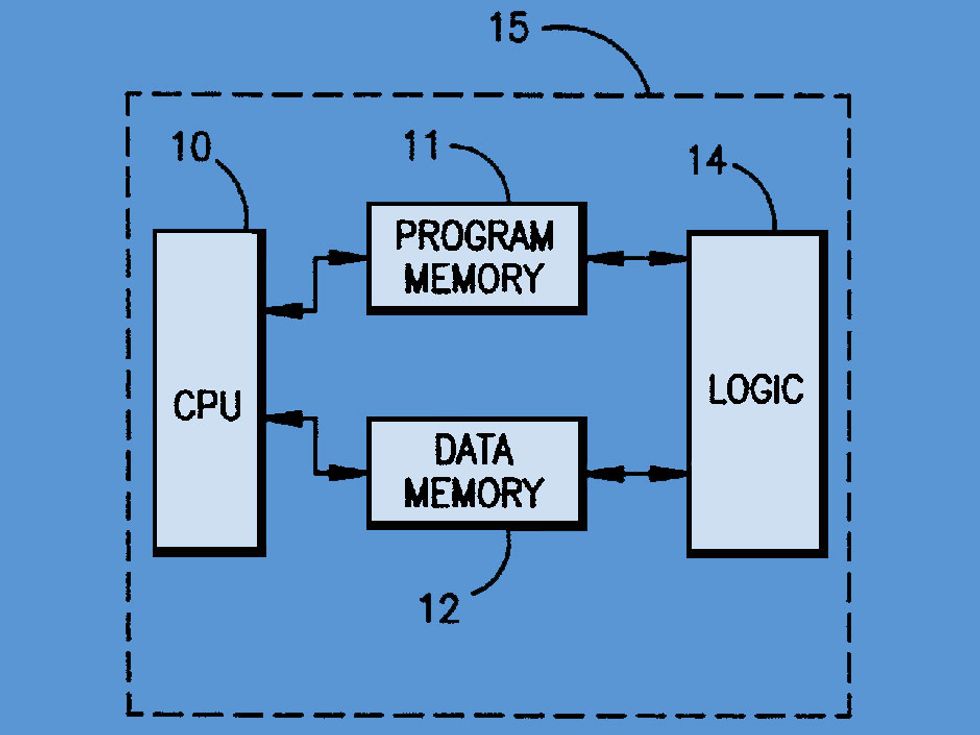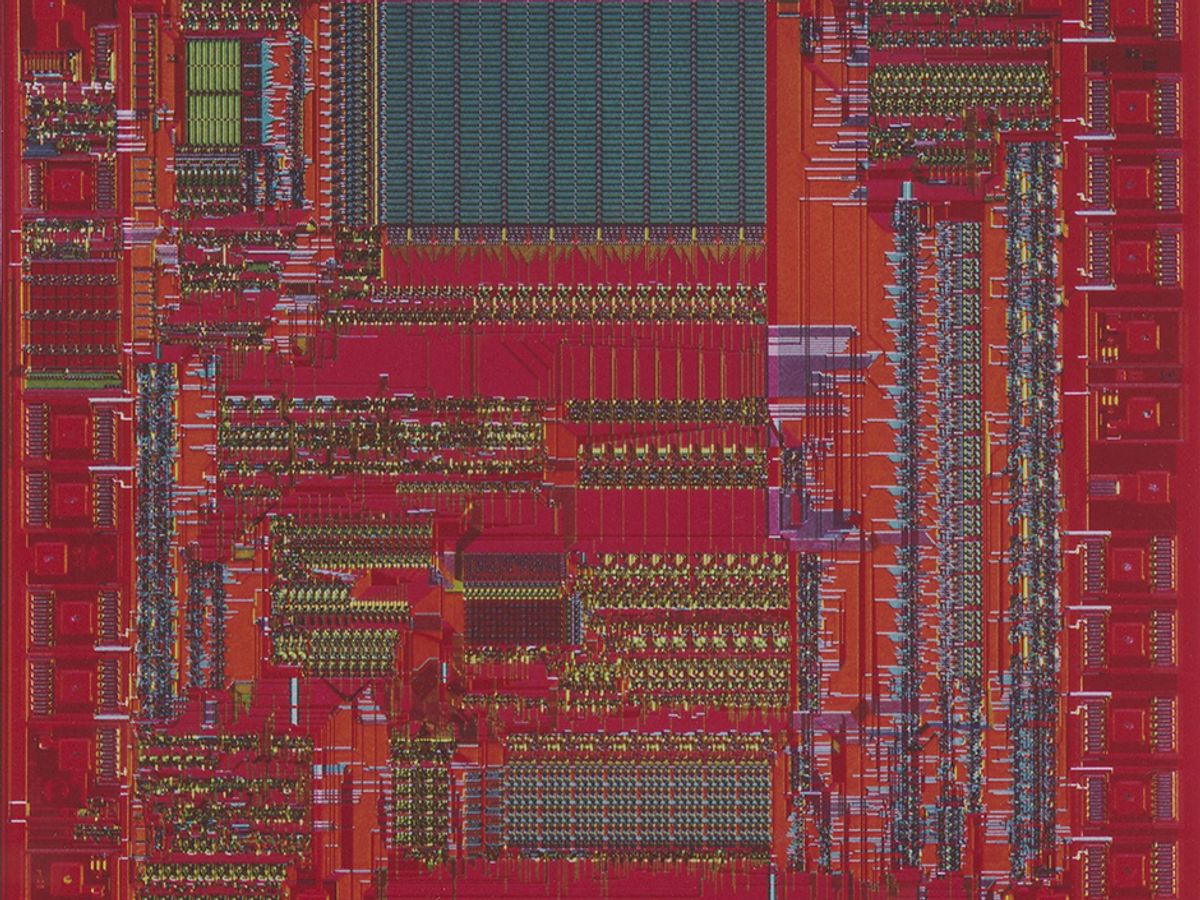Back in the early 1990s, the huge 8-bit microcontroller universe belonged to one company, the almighty Motorola. Then along came a small contender with a nondescript name, Microchip Technology. Microchip developed the PIC 16C84, which took an 8-bit microcontroller and added a type of memory called EEPROM, for electrically erasable programmable read-only memory. EEPROM doesn’t need UV light to be erased, as did its progenitor, EPROM. Such read-only memory is generally used to store program code or small bits of data. Eliminating the need for a UV light meant that “users could change their code on the fly,” says Rod Drake, the chip’s lead designer and now a director at Microchip. Even better, the whole chip cost less than US $5, or a quarter the cost of existing alternatives at the time. The 16C84 was used in smart cards, remote controls, and wireless car keys. It was the beginning of a line of microcontrollers that became electronics superstars among Fortune 500 companies and weekend hobbyists alike. While the 16C84 has been retired, the PIC line is still in production and billions have been sold, used in things like industrial controllers, unmanned aerial vehicles, digital pregnancy tests, chip-controlled fireworks, LED jewelry, and a septic-tank monitor named the Turd Alert.




